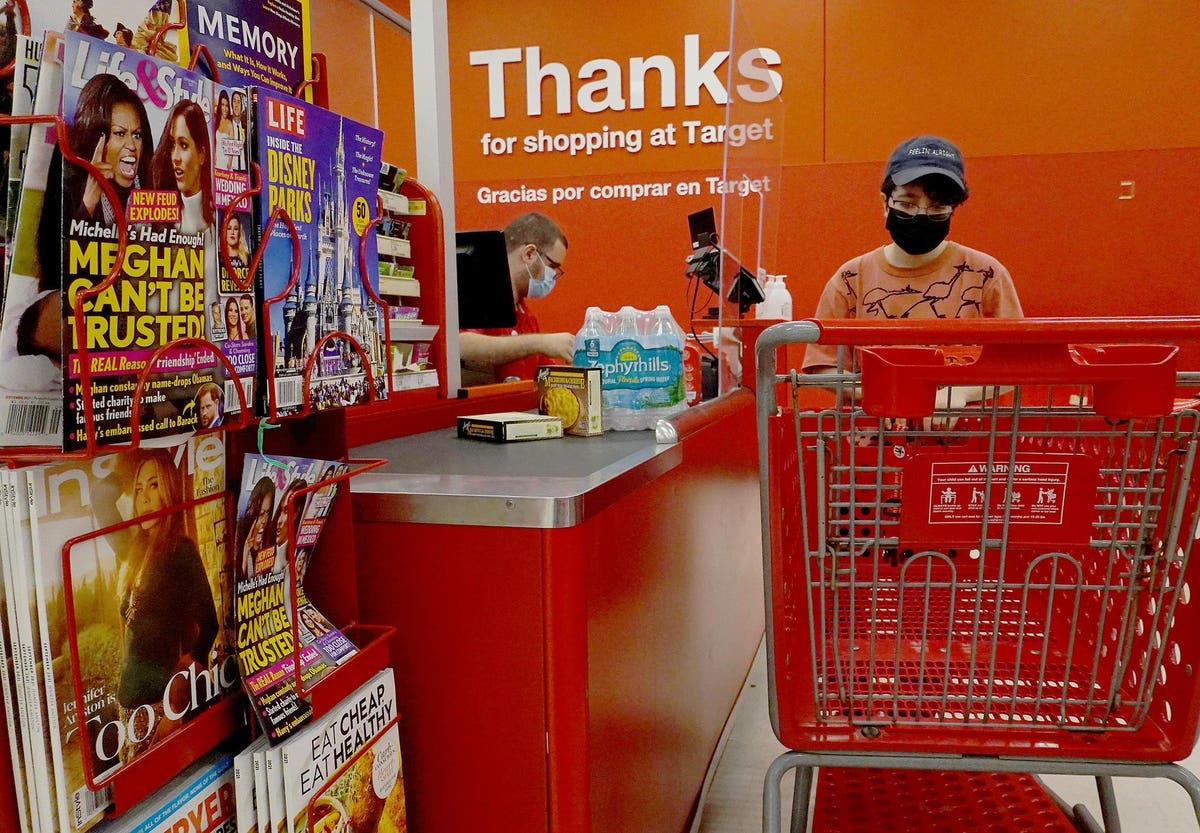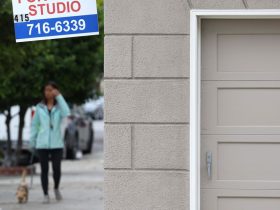A good number of economists have been making the virtual rounds, cheering on the economy. Early on Fridan when the Personal Income and Outlays data came out from the Bureau of Economic Analysis, economist Jason Furman called the information “three unambiguously good months in a row.”
Only the news didn’t seem unambiguous. Here’s a chart from the release:
Go to the bottom of the graph, where the positions represent change in personal consumption expenditures that, as Furman said, is “what the Fed focuses on.” He’s hoping that the Federal Reserve will see in such numbers a healing economy that could lead to lower interest rates.
But consumers still aren’t comfortable. As independent economist Claudia Sahm noted in a recent opinion piece on Bloomberg, the long-running University of Michigan Consumer Sentiment Index shows depressed levels of consumer satisfaction. Here are two versions via the Federal Reserve Bank of St. Louis. One is a full run and the second, a shorter version to put current numbers into more current context.
Even at current levels, it’s like 2009 and the Great Recession/Global Financial Collapse. Even as the economy is “improving.” Sahm thinks consumers are still in a mindset of “Covid-19 pessimism,” a communal emotional reaction to a difficult time.
But maybe the issue is that the problem is ongoing and it’s not just an issue of an emotional hangover.
Back up to the chart at the top again. Disposable personal income, what’s left after taxes, was up 0.2% in August. However, that was in current dollars, meaning they ignore the impact of inflation. Look instead at the row of chained 2012 dollars, which account for inflation over time. Personal income in real terms, in buying power, was down 0.2% in both August and July.
The PCE price index that Furman noted was down to 3.5% as it starts to drift back up after hitting a low in June. Now look at the line under it — PCE without food or energy, usually called core, which is important because it takes the volatility of food and energy out of the equation. But when that happens, suddenly PCE inflation is even higher. Not good news when food continues to be expensive and energy prices are shooting up again.
And the numbers you see — job growth, income, or what have you — are averages that are often top weighted. Incomes at the top are much higher and bring up the average. Most people aren’t flush, don’t have the income to let them ride over turbulent times. There is a lot of demand for workers, but how much of that is in higher-end jobs with harder-to-find skills that pay more?
Credit card debt, after having fallen after the previous high point of the pandemic with the large amounts of aid sent to millions, is back up beyond to where it had been before the pandemic and is now at new historical heights. And even the slowing of inflation only means that the economic situation of so many people won’t get worse as quickly. However, prices went up and never came back down. Housing prices are scarily high. Higher education and medical care seem almost unaffordable. Actually, forget the almost. For too many people, they are.
These are the daily struggles of regular people that aren’t so obvious when they’re not in someone’s face. Even if you know people who are having to struggle, they probably aren’t going to share the details of their lives with you.
Thinking that way, it isn’t hard to understand why so many millions are feeling down.
Read the full article here













Leave a Reply